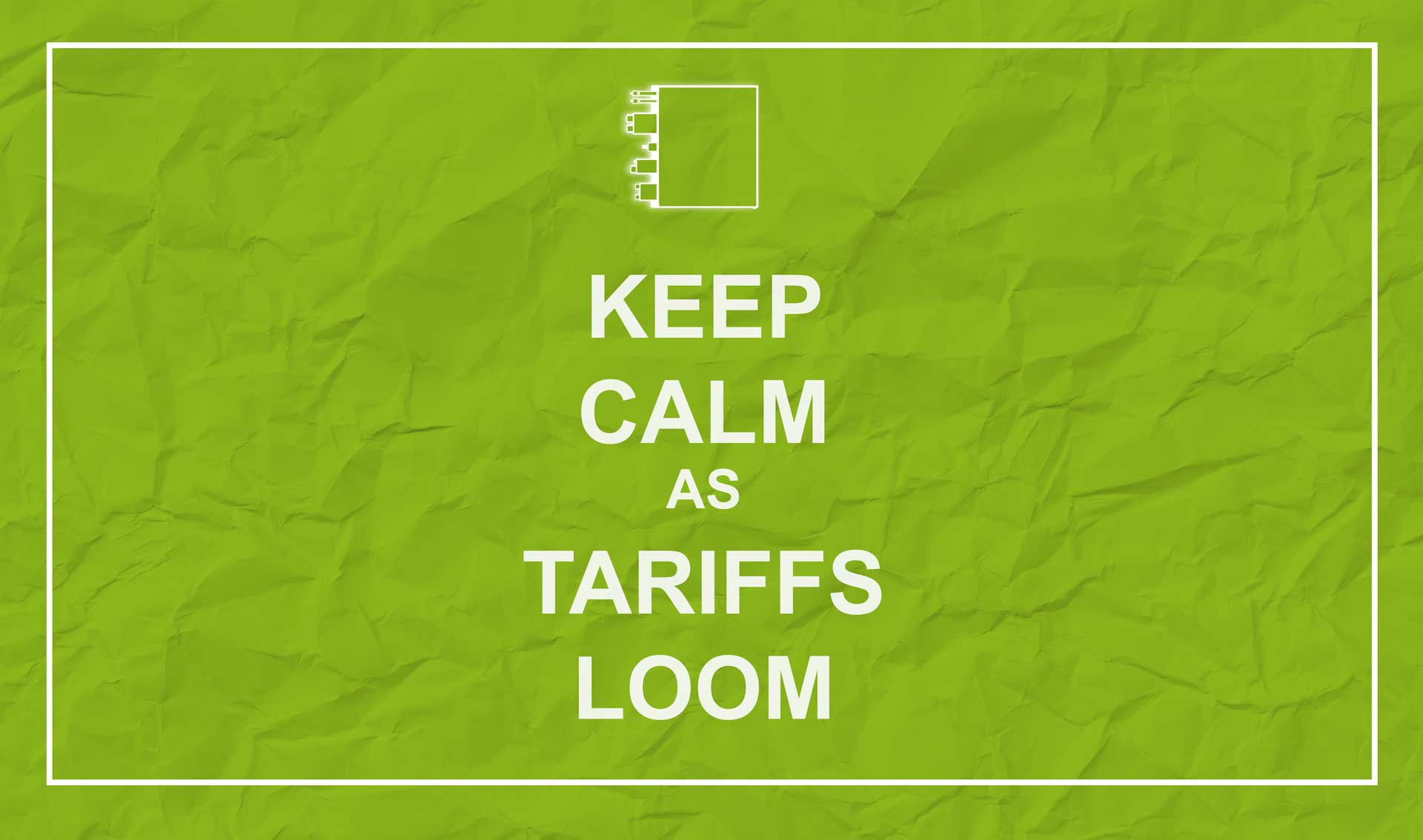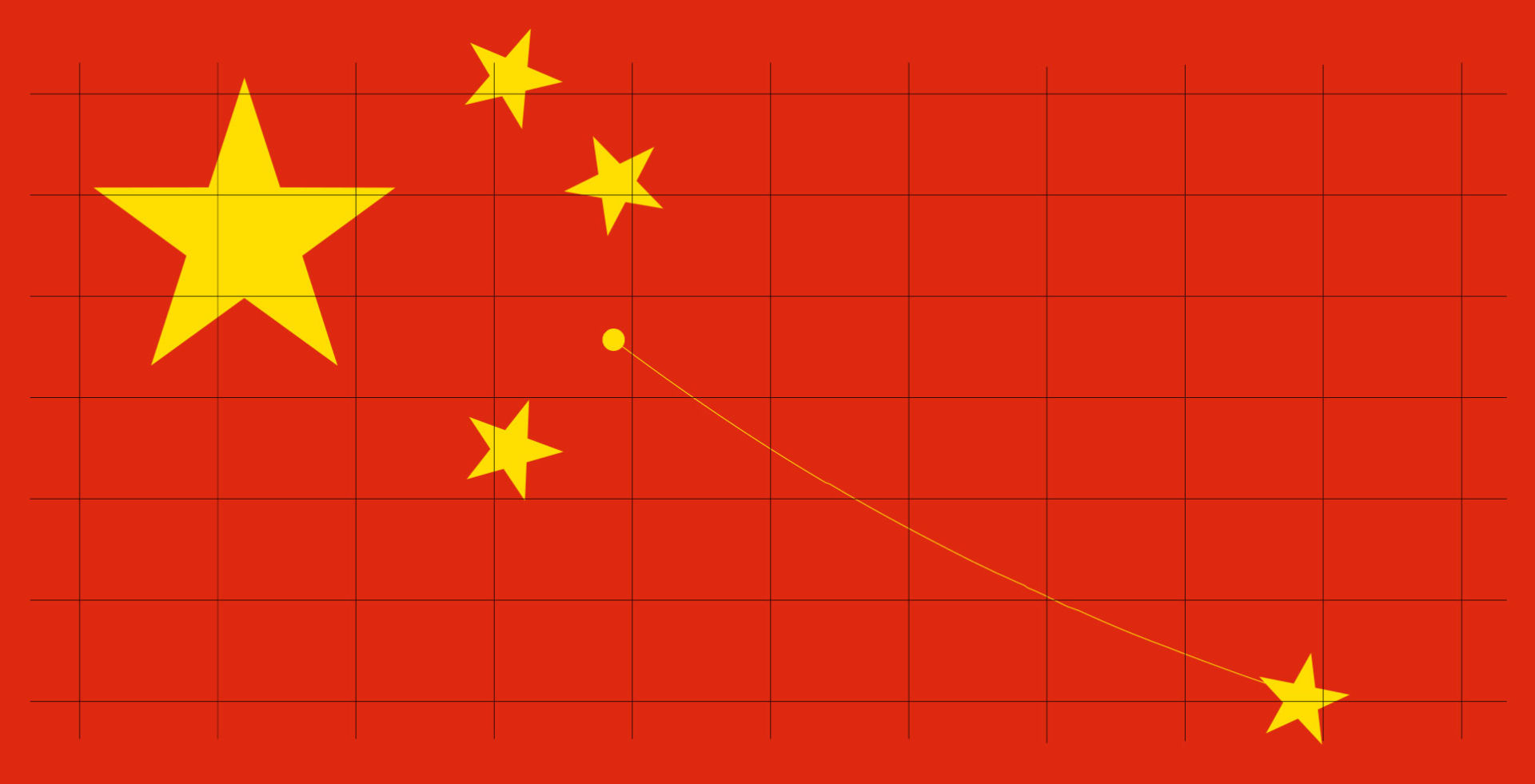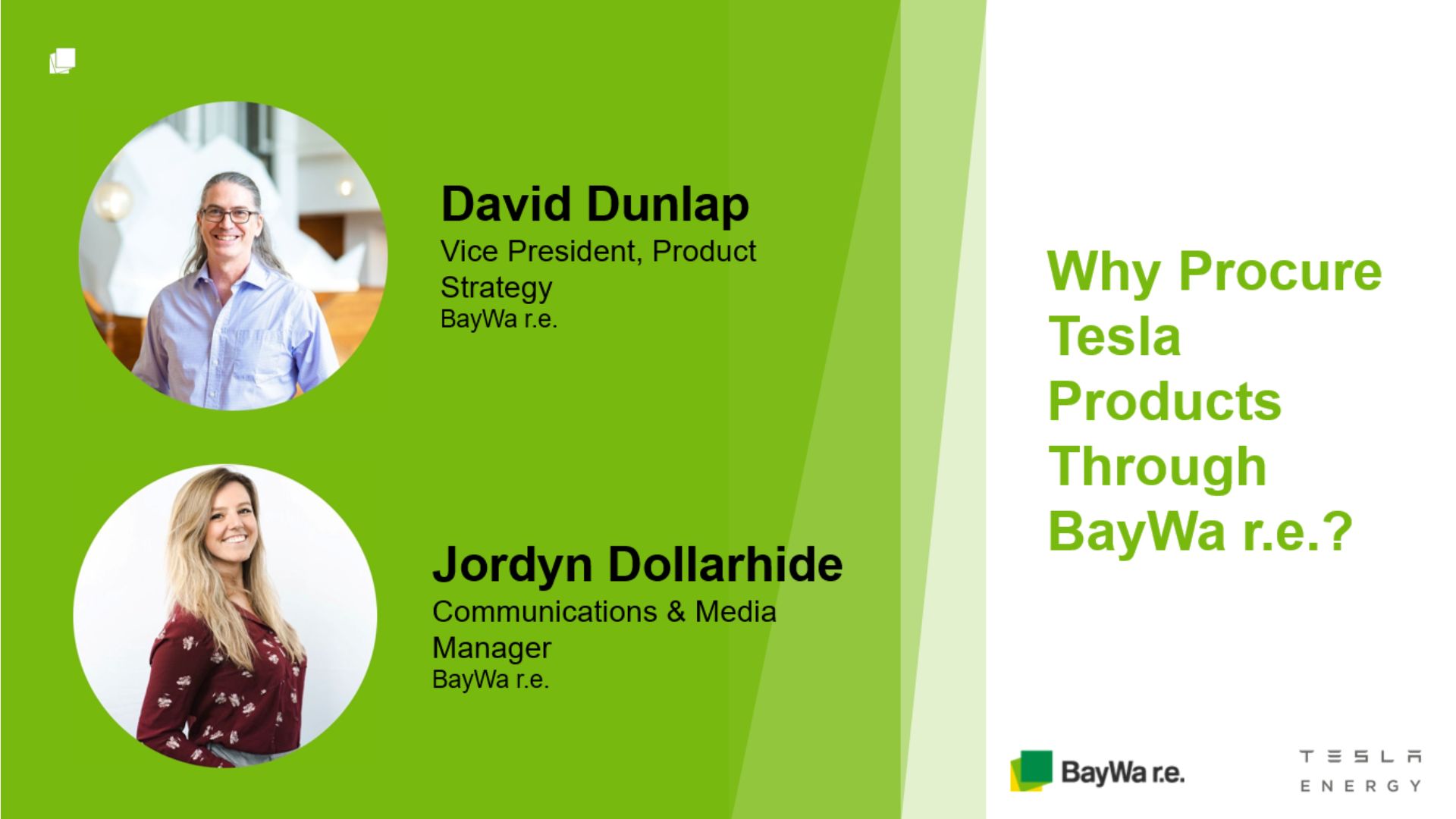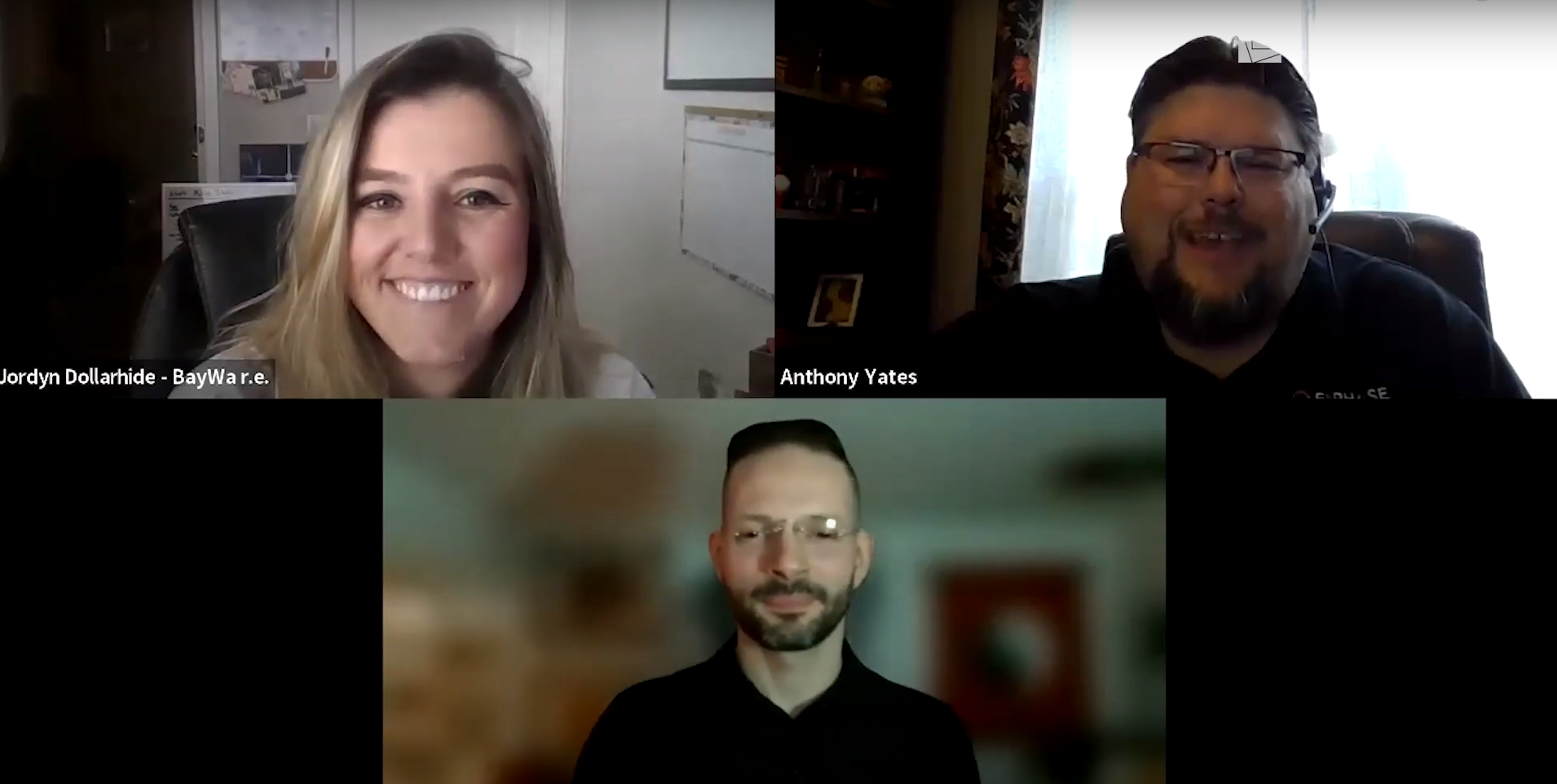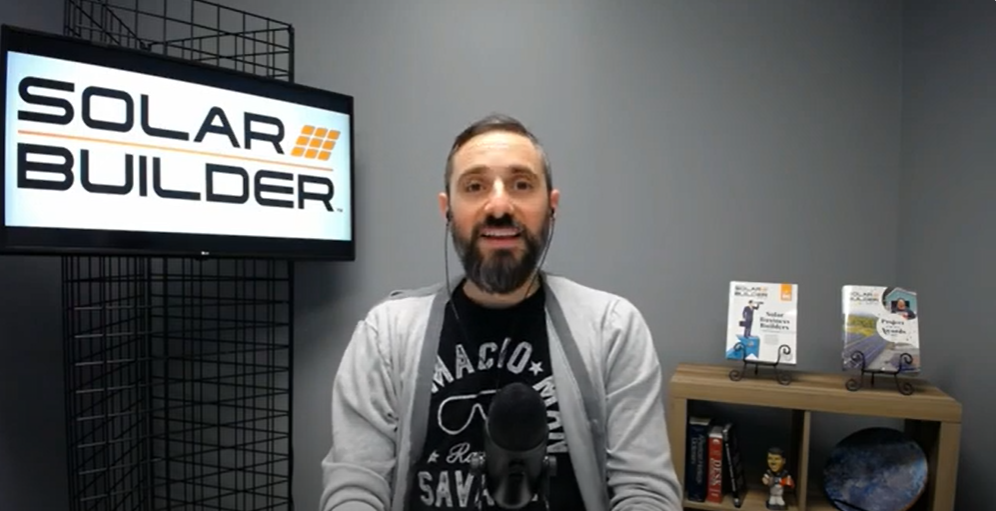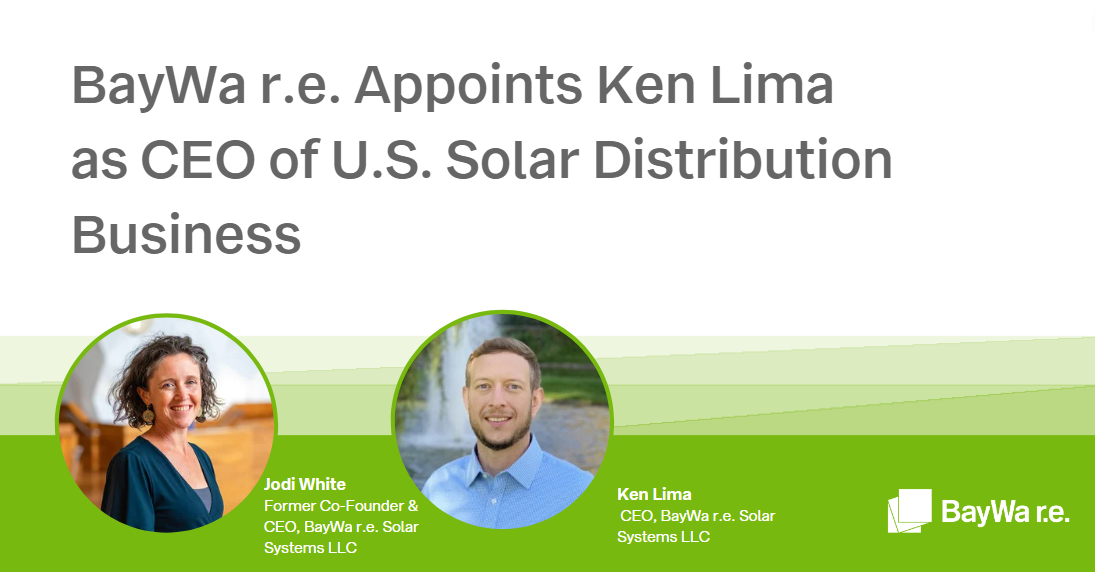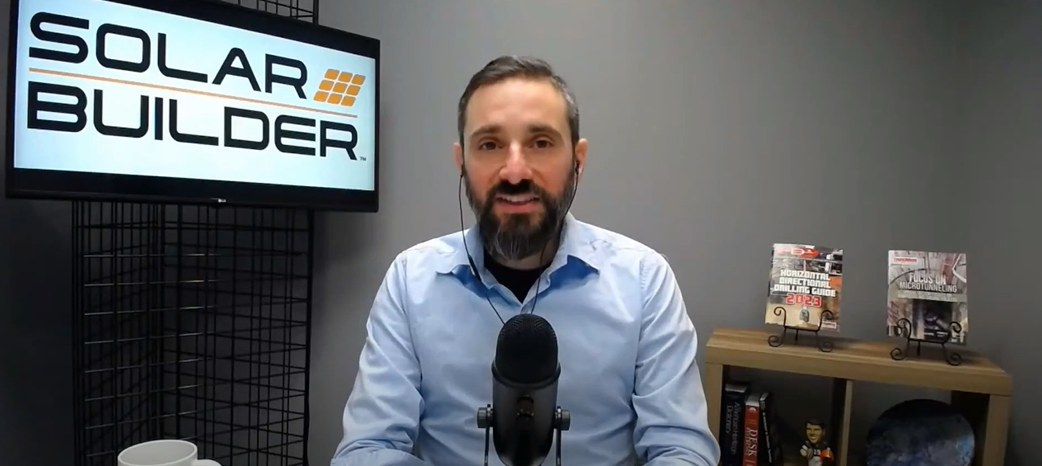
2018 was one of the most tumultuous years I can recall in the solar industry. The biggest topic was the supply/demand imbalance triggered by the Section 201 tariffs on PV modules, whose influence throughout the year caused irrationally high prices, reactive buying strategies throughout the value chain, and oversupply conditions that soon caused market prices to fall below pre-tariff levels – even as inventories of higher-priced components remained high.
In addition, policy changes in China added to oversupply concerns, additional tariffs on inverters caused a new wave of price fears, and shortages of key components disrupted supply chains.
To add another layer of complexity, energy storage systems became seemingly mainstream overnight (with their own dynamics of supply constraint and supply chain challenges) and policy and code changes influenced component choices and changed many regional market considerations.
And topping it off, slower growth in the residential and rooftop commercial markets caused many solar companies operating with minimal margin for error to face liquidity challenges that rippled throughout the value chain. These factors all made for uniquely challenging planning and execution throughout the year.
There are many lessons we can learn as an industry from 2018. For me, the foremost was a reinforcement of the philosophy that running a healthy business means that long-term impacts of business decisions can and should be considered. A healthy business can choose to be rational if it isn’t driven by short-term pressures.
By the same token, a healthy business can also choose to react to short-term pressures mindful of the long-term impacts of its reaction. In contrast, unhealthy businesses are forced to react to short-term pressures in ways that undermine their long-term viability.
So what do I mean by a healthy business? Here are some things that I think define those characteristics
- Has a strategy that results in a unique and compelling value proposition for its customers
- Understands the drivers (capabilities) that are most necessary to execute the strategy and invests in developing those capabilities
- Has methods for evaluating short- and long-term impacts of decisions: can access internal and external data and consider it by applying processes that disrupt biases and beliefs.
- Evaluates risk, and makes decisions that account for risk
- Questions the mindset of “we have to do this because everyone else is”
- Models scenarios around assumptions, and challenges the assumptions
- Relates the decisions to strategy and culture before considering profit opportunity
- Clear ownership/accountability for decisions
- Is profitable and able to fund its own operations
- Has a contingency plan and trigger points to account for downturns
- Has access to timely financial reports
- Conducts analysis of ratios that drive cash flow and margin
- Is focused on efficiency improvement
- Knows what’s important to measure, and what business processes impact those measurements
- Has continual improvement methods established in the company: problems and opportunities get talked about in productive ways, decision-making is clear, and improvement is considered to be an iterative process
- Invests in “people practices”
- Frequent feedback in the form of one-on-ones for every team member
- Team and company meetings to clarify goals and increase alignment
- Employee development gets resourced
Each year it becomes even more apparent that this last section – employee development – is where the rubber meets the road. And let’s face it – in companies that emphasize efficiency operating in such a turbulent market, it can be very difficult to find the time and money to stay on top of development.
But what we realize is that an organization can only be as healthy as its teams, which can only be as healthy and high-performing as the individuals that comprise them. Helping our employees develop in its truest sense means helping them become the most authentic version of themselves they can be. To succeed, we need to help them see how they are getting in their own way, which means we need to coach more than task skills – in particular, we need to help them communicate more effectively and problem-solve more thoroughly. This builds the capacity we need to become more effective.
Wow, 2018 sure was the epitome of solar-coaster. I am wishing you all peace, stability, and prosperity in 2019. Don’t forget to take care of yourselves!
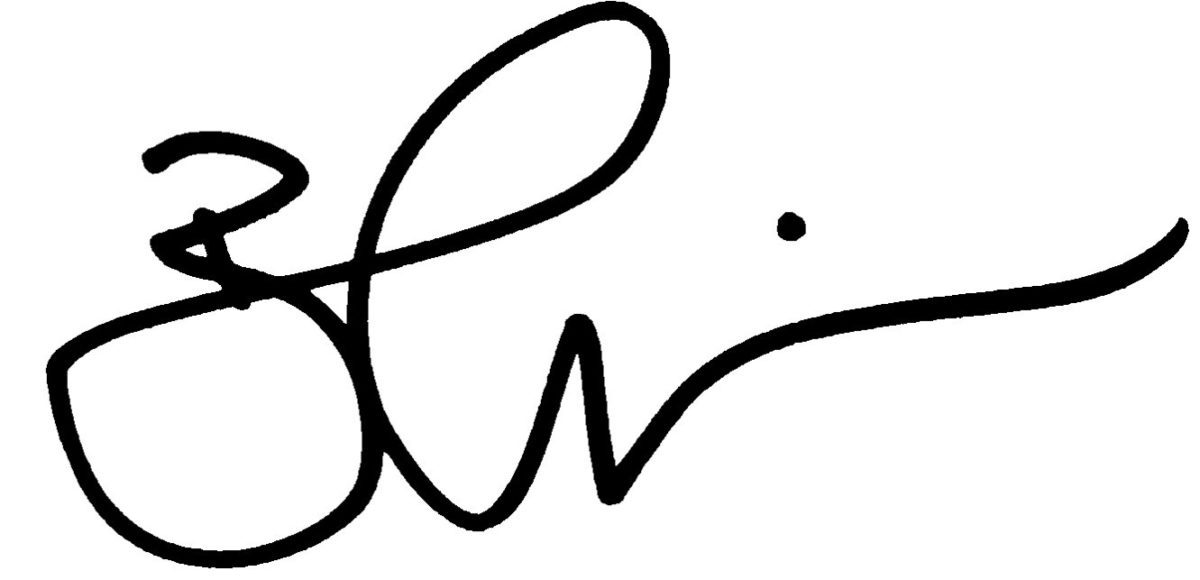
Boaz
Related articles
Stay Calm as Inverter Tariffs Loom
BayWa r.e. Vice President of Operations David Dunlap shares some thoughts on how new inverter tariffs will impact solar contractors
Related article
Will Reduction in Chinese Demand for PV Modules Really Cause a 30% Price Drop?
Opinion: BayWa r.e. CCO Daniel Marino gives a different perspective on potential impacts
